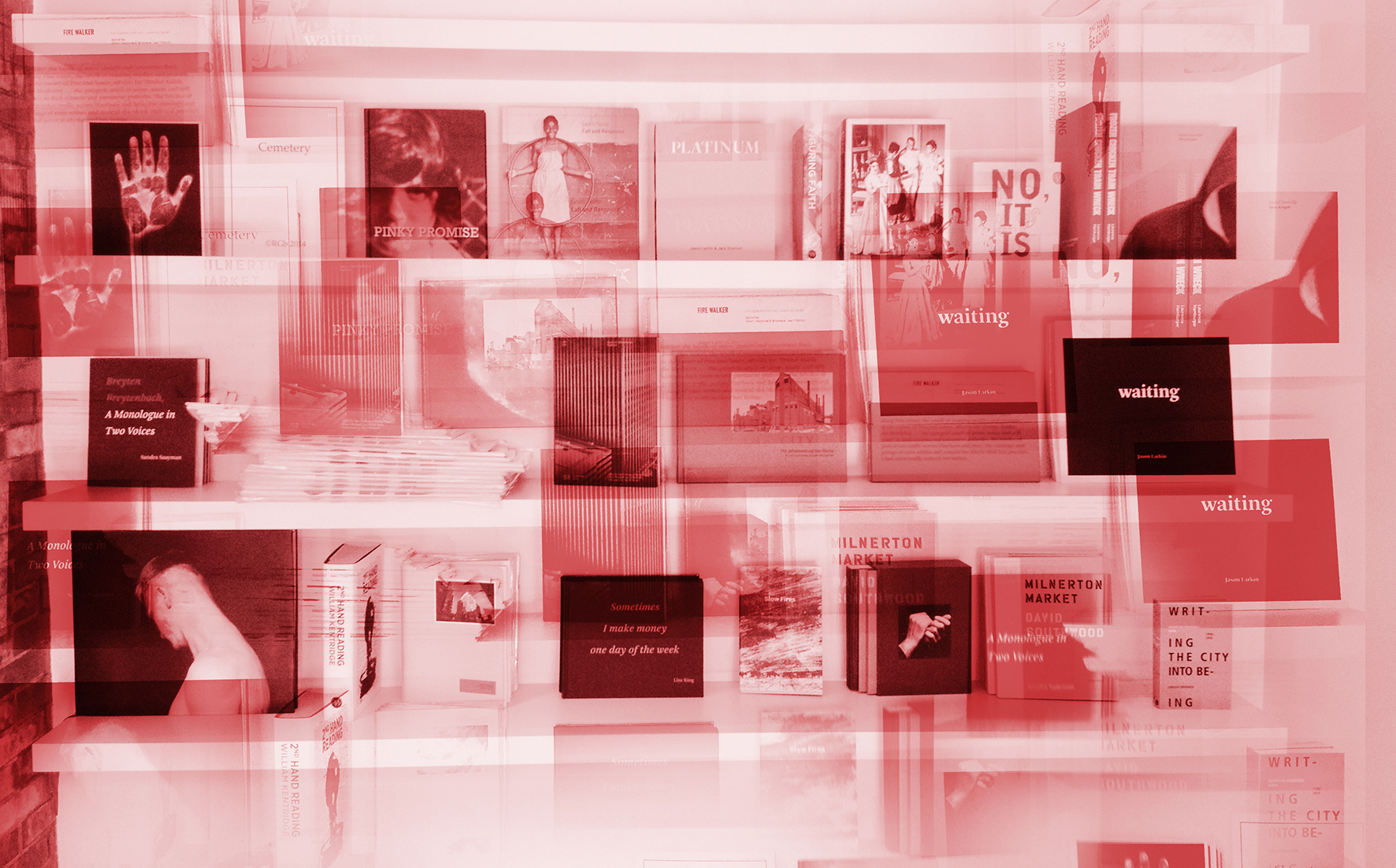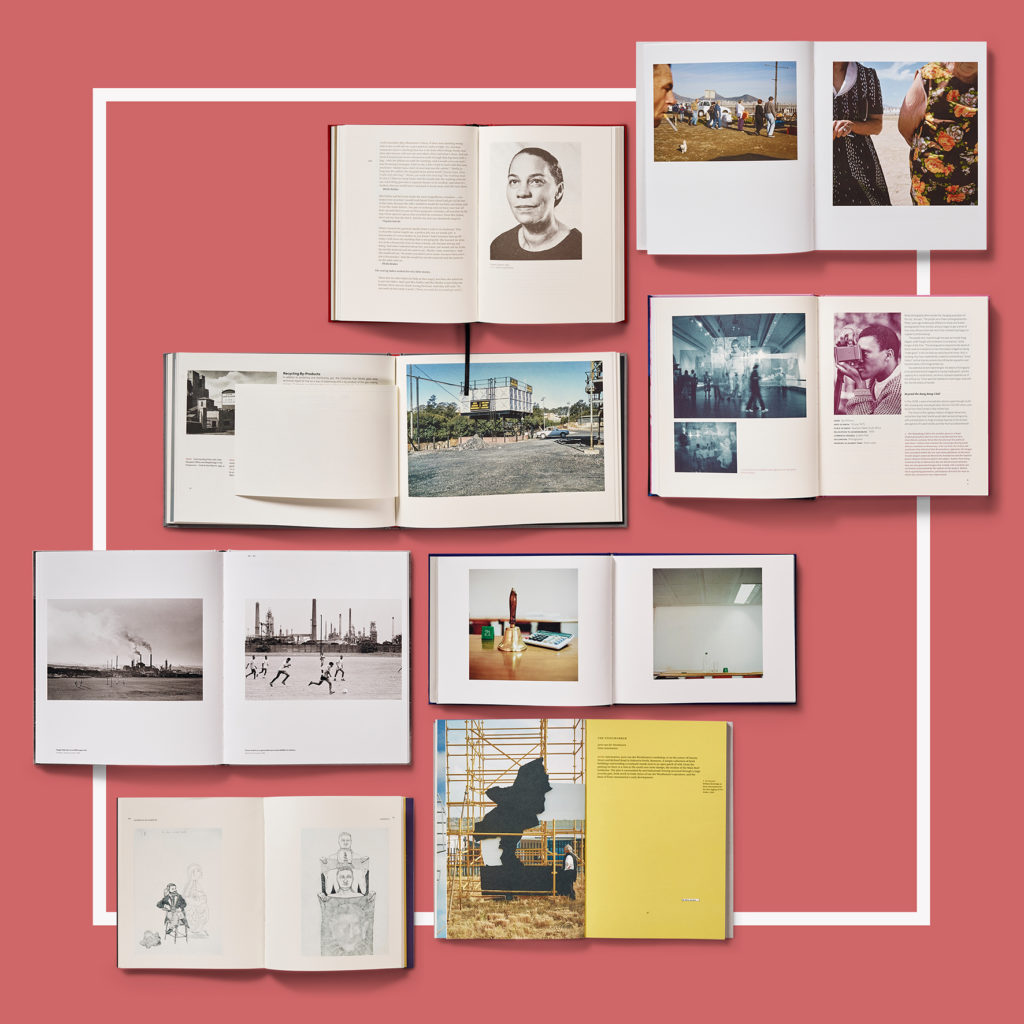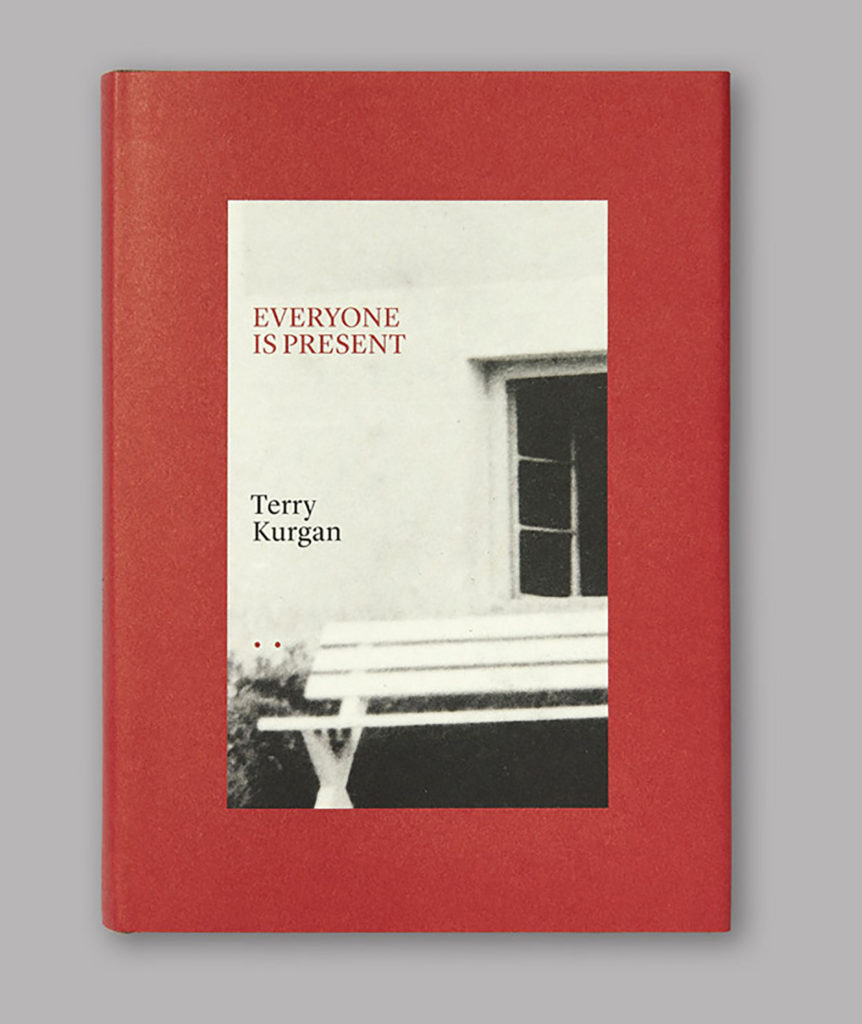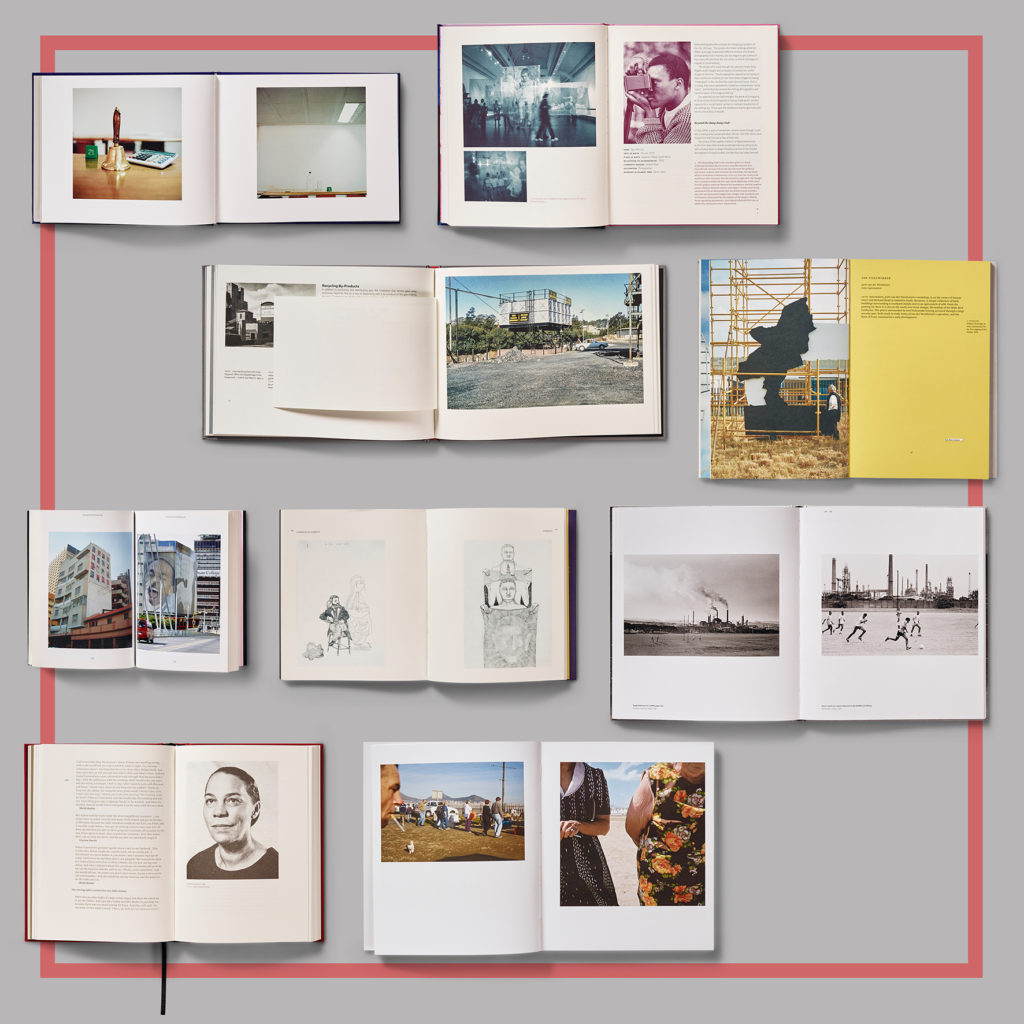Fourthwall Books
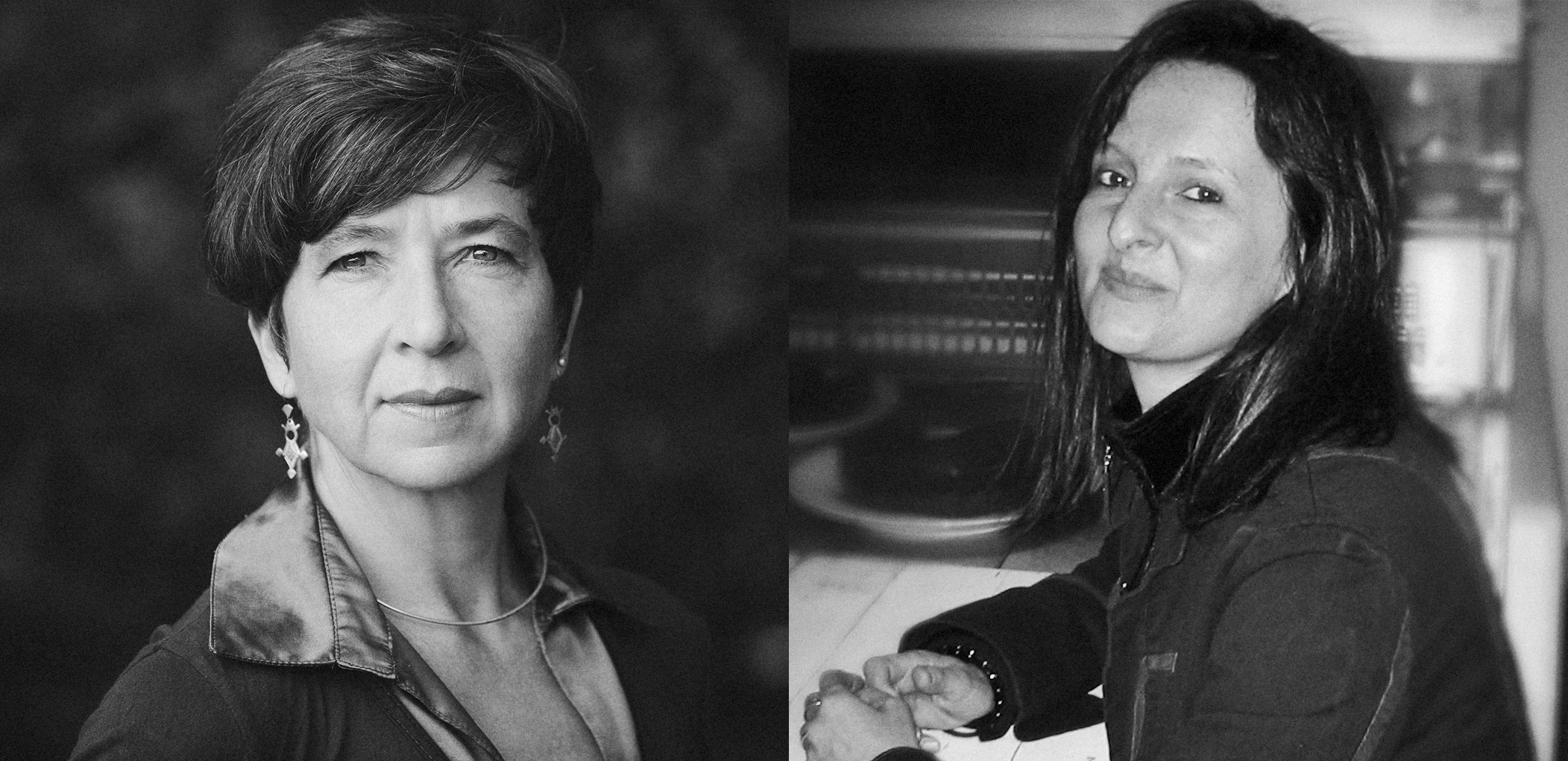 ©
©
Bronwyn Law-Viljoen and Terry Kurgan run the south african publishing house Fourthwall Books together. The first idea of the company created in 2010 was to publish visual books that they themselves would like to own. Today, they published 38 books and received international awards, in a country where independent publishing is rare, and independent art publishing even rarer.
HERE IS HOW IT STARTED
Fourthwall Books was established in 2010 in Johannesburg by Oliver Barstow and Bronwyn Law-Viljoen. Oliver left for Amsterdam in 2015, at which time Terry Kurgan became co-director and partner.
When we started out in 2010, we saw a unique opportunity to publish high quality books about South African and African art, culture and architecture for a growing audience of readers, artists, cultural commentators, art historians and curators in South Africa and abroad.
THE FIRST BOOK
The first book we published was Writing the City into Being, and the author, Lindsay Bremner, had received a grant to publish it. She is an architect and not a photographer, but her photo essay of images of Johannesburg was included in the book and set the tone for the kind of publishing we like to do: interesting stories told through images and text.
We included the photographs of Alastair McLachlan, Ben Law-Viljoen and John Hodgkiss in our second book, Fire Walker.
Our first real photobook was David Southwood’s Milnerton Market.
OUR POINT OF DIFFERENCE
Our books represent cutting-edge book design and typography and combine images with thought-provoking text. We did not want to reproduce other models of art-book publishing (large, flashy, coffee-table type books; exhibition catalogues; retrospective/overview books) but rather find a new formula for local art publishing that would take very seriously the relationship between image and text, and would draw on the best of South African writing (fiction and non-fiction). We wanted to make serious and well-produced book objects that combined intelligent writing with interesting visual material.
At the same time we wanted to make books that matter in our local context, that had something to say about our city and our country. In the five years of our existence, we have made books about Johannesburg, Marikana, public space, migration, xenophobia, the Zimbabwe Stock Exchange, public transport in the city, a renegade South African composer, Afrikaans youth culture, mine effluent, the South African pavilion at the Venice Biennale, a flea market in Cape Town, child abuse, the first black South African opera company, rural KwaZulu-Natal, and waste recyclers in Johannesburg. We have translated some of our books into isiZulu, isiXhosa, Setswana, Portuguese, French and Afrikaans. Each project speaks to an important aspect of South African art, culture and society, providing insight into difficult social issues and provoking new ways to help address or think about them. They do this through text and image.
THE BIGGEST CHALLENGE
Finding Funds. Staying solvent. The biggest challenge has always been, and still is, being able to fund the production of the next book. South Africa is a small market, and we only print between 500 and 1000 of each book. Our volume of book sales does not even begin to enable more production/publishing. We always have to fund-raise in order to publish the next book. Shipping costs to the rest of the world are very high from South Africa, and this limits our ability to distribute our books overseas.
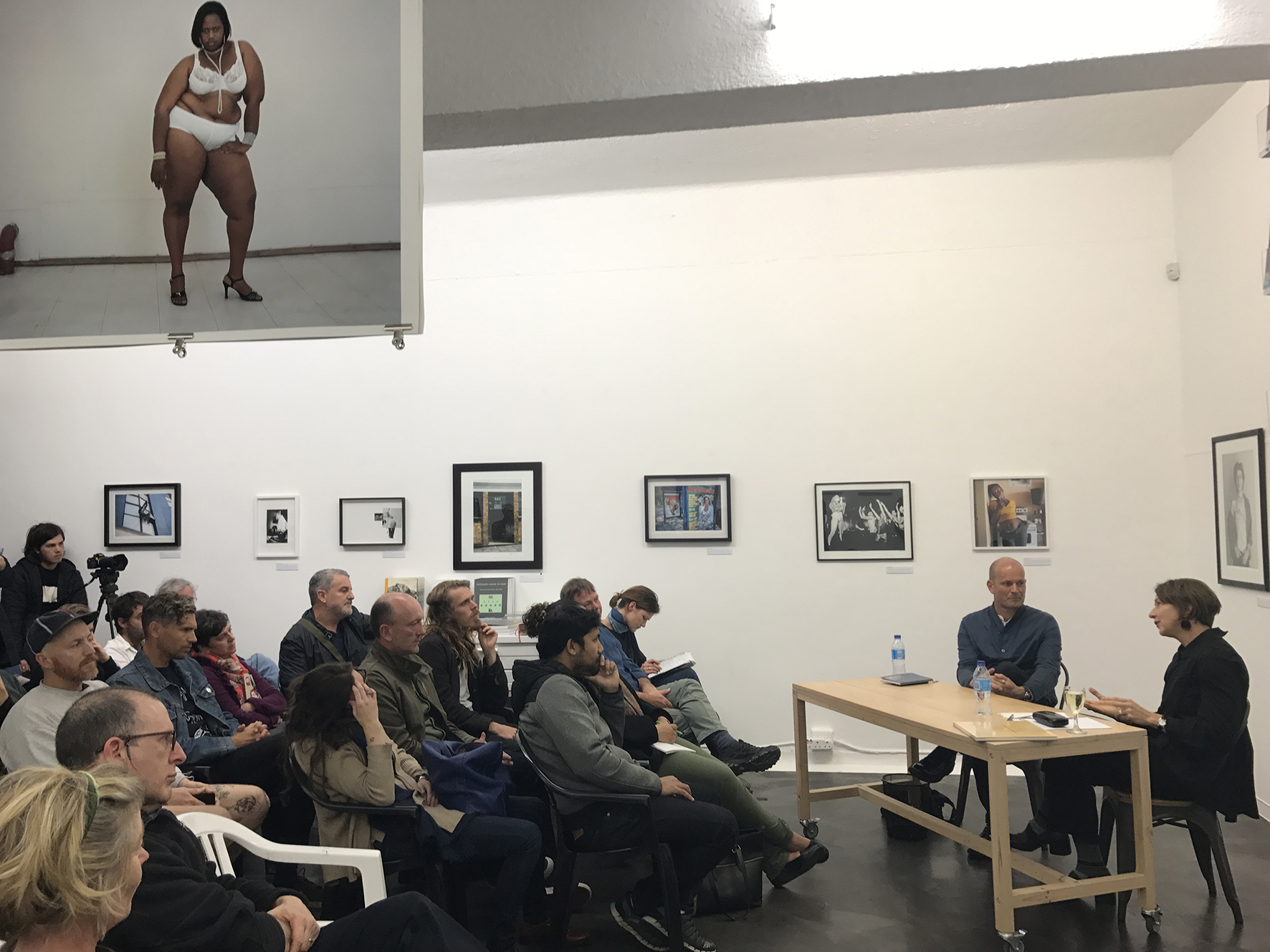
Michael Mack & Bronwyn Law-Viljoen in Conversation
HOW TO SELECT PHOTOGRAPHERS
Photographers bring us projects on a fairly regular basis, and we select based upon the conceptual strength of their book idea/ subject matter and the formal strength of their work. We have to find their topic/theme/project of interest, and we have to also take into consideration whether they/we will be able to find funding for the book, and also, whether it is a book we think we can market and sell.
ON WHAT STAGE IS THE PROJECT WHEN YOU TAKE IT ON
At many different stages. Sometimes there is a body of photographs, and we decide it needs a writer, or a few writers. Sometimes we receive images and text at the same time.
CHANGING OR NOT CHANGING THE DUMMY
This is the design process. We keep working on a dummy until we are happy that book form and book content are communicating perfectly well together. The book object has to have a good relationship with the book content, and we keep shaping the dummy until we are at that point.
IMPACT ON THE PROCESS
We work closely with the photographer/artist/writer towards a book that we think works best. So we have an enormous impact. We work on every part of the editing, design and production process.
DESIGNERS AND PRINTERS
We always use the same designer, but use different printers and processes depending upon the budget we have available to us, and the book object/look/feel we are interested in (and who can produce it) etc.
THE PRESS CHECK
Occasionally we are. It is not always possible because of the cost of travel to wherever it is that we are printing. We usually order test proofs.
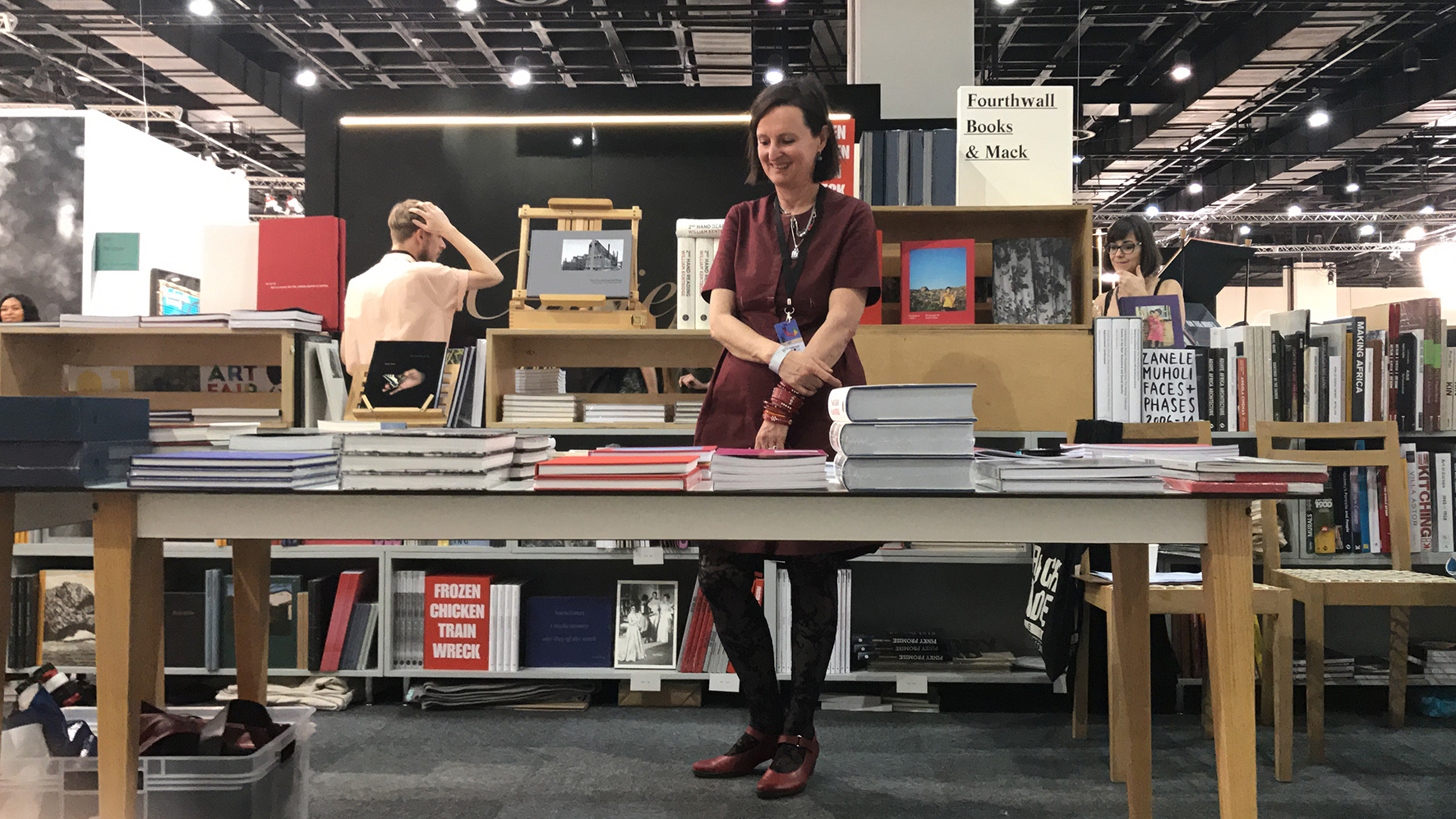
Terry Kurgan, Fourthwall Books, at the Johannesburg Art Fair
THE DISTRIBUTION
In South Africa we distribute through Jacana Media. In the rest of the world we distribute through Idea Books in the Netherlands.
PROS AND CONS OF ART FAIRS AND FESTIVALS
We have not been able to afford to travel ourselves or our books to international book and art fairs, but locally, they have been excellent for sales, for networking and also for the broader recognition of our books and our brand.
WHAT TO THINK ABOUT SELF PUBLISHING
It can work very well if you know how to take your book to market.
AN ADVICE TO THE PHOTOGRAPHER WHO WANTS TO PUBLISH HIS FIRST BOOK
The photographer should be very clear about the conceptual shape of the project. They should be looking at many, many books and thinking about what is possible in the medium and what approach suits their work.
